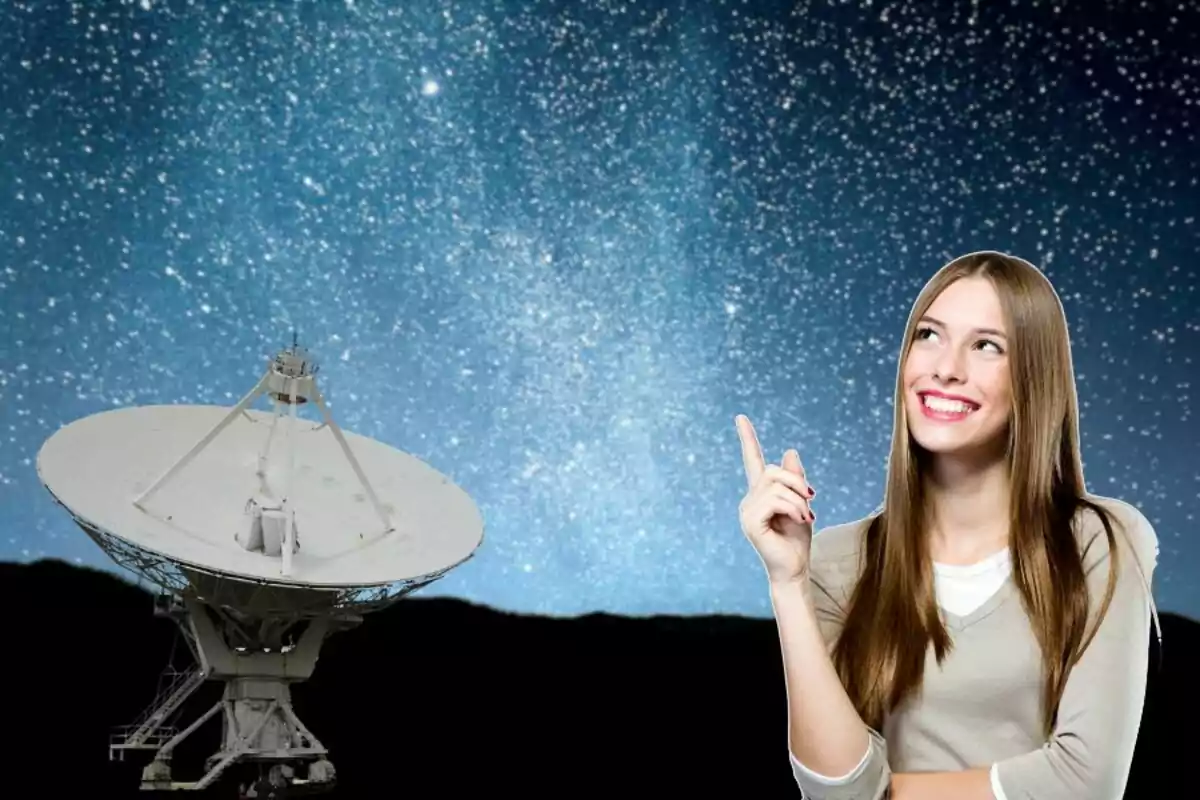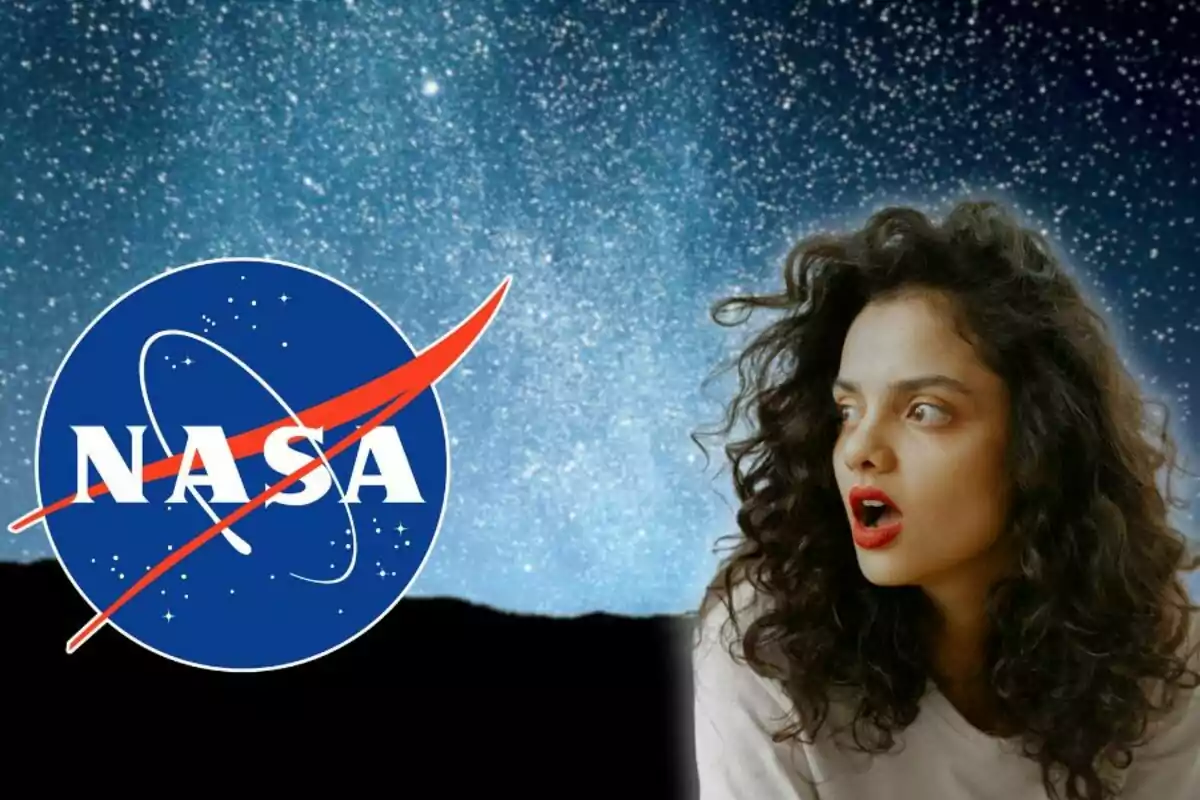Going to the Moon isn't an easy task. Lunar nights last 14 Earth days, which makes it almost impossible to keep human bases for long periods. That's why NASA is betting on something revolutionary: a nuclear reactor on the lunar surface.
This technology, called surface fission power (FSP), will be able to generate 134 hp (100 kilowatts). To put it in perspective, that's the amount of energy about 80 homes on Earth use.
But on the Moon, that power will be key to supplying laboratories, life support systems, communications, and habitats. In other words, it will allow astronauts to live and work continuously.

Making it a reality
NASA isn't just in the idea phase. Since 2022, the agency has funded several private companies with $5 million to design lunar nuclear reactors. Now, the goal is to double the energy capacity and move from design to construction in a maximum of five years.
This marks an important shift: it's no longer just about research. The mission is to implement a technology that will be essential to establish a permanent presence on the Moon.
The new space race
China and Russia also have ambitious plans for lunar bases. Yes, they also plan to use nuclear power. In Washington, they see this as a threat: they could establish "exclusion zones" that limit access for other countries.
That's why the United States has decided to increase the space budget and prioritize advanced nuclear projects. NASA thus becomes the center of a strategy that blends science, innovation, and geopolitics.
Sean Duffy, the face of the mission
Although NASA has many scientists, the mission stands out for Sean Duffy, acting administrator and former host.
Duffy has driven the construction of the lunar reactor and makes it clear: "We're in a race to the Moon against China, we can't fall behind." His leadership reflects the growing geopolitical pressure, where each country seeks to secure strategic areas in space.
Beyond the Moon
The lunar project doesn't end on the satellite. NASA also plans to:
- Retire the International Space Station in 2030.
- Develop new stations with international partners.
- Use the Moon as a platform for missions to Mars and beyond.
In other words, lunar nuclear power is just the first step in a much more ambitious plan.
The future of space exploration
NASA's announcement marks a turning point. Installing a nuclear reactor on the Moon will ensure power for future bases and will send a clear message: the United States wants to lead the new space race.
With China and Russia moving fast, this technology is also a geopolitical strategy. What once seemed like science fiction is getting closer to becoming reality. NASA reminds us that space exploration isn't a distant dream: it's something we're about to experience.

